Portraits painted on handkerchiefs that depict the horrors of Hitler’s genocide
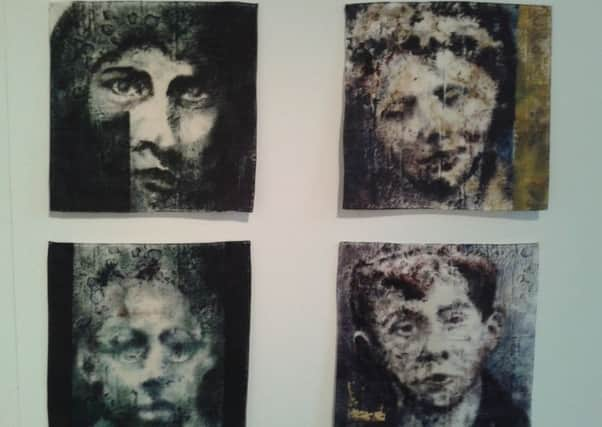

Under The auspices of the Holocaust Memorial Day Trust (HMDT) many thousands of commemorative events are held here and around the UK, and further afield, to remember the six million Jews murdered during the Holocaust and the millions of people killed under Nazi persecution.
Subsequent and more recent genocides are commemorated too, such as Cambodia, Rwanda, Bosnia and Darfur, just some of the countries devastated by conflict, torture and murder since the Second World War.
Advertisement
Hide AdAdvertisement
Hide AdEach year HMDT selects a theme – this year’s is ‘Torn From Home’ – encouraging us to explore, discuss, expose, sympathise and engage in dialogue about the Holocaust and genocide.
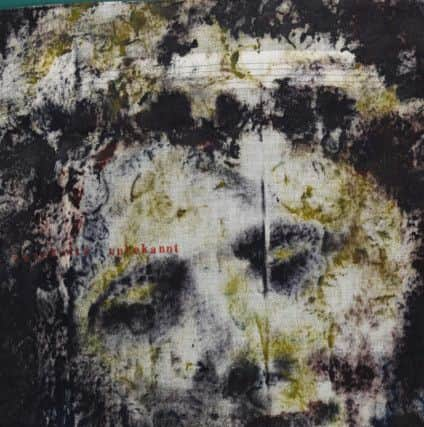

The theme helps us “connect” with people caught in the crossfire of past and present wars and to “be at one” with folk who are forced to flee and abandon their homes and their homeland in their quest for a safety and survival.
There’s a UK-wide events map showing local HMD commemorations at www.hmd.org.uk.
Amongst the wide variety of events here, the Northern Ireland War Memorial museum (NIWM) in Belfast is hosting an exhibition of paintings by local artist Leslie Nicholl.
Advertisement
Hide AdAdvertisement
Hide AdThe series of artworks entitled ‘My Name Is Might Have Been’ was inspired by the story of Helen Lewis, a Holocaust survivor who settled in Belfast.
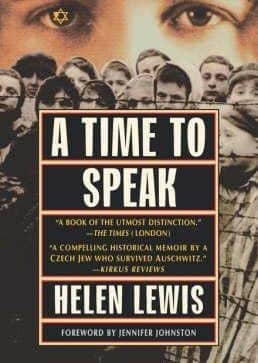

Helen was forced to live in a Jewish ghetto in her native Czechoslovakia before being deported to Auschwitz during the Second World War.
She managed to survive the horrors of the camp, and when war ended she came to Belfast to start a new life.
She was a noted ballerina and choreographer, and in Belfast she started a dance company and taught and inspired dancers.
Advertisement
Hide AdAdvertisement
Hide AdHer book ‘A Time to Speak’ has been reprinted and published in a number of different languages.
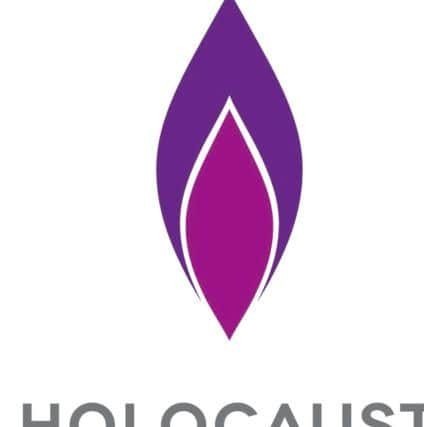

“It’s harrowing story with its humanity and equally, its terrible inhumanity,” Leslie told me, adding: “The book made a deep impression on me to the point that my wife Elaine and myself travelled to Prague and then to Auschwitz simply as an act of respect for Helen Lewis and her generation.”
“I had no intention of painting pictures based on those dreadful times. It just seemed inappropriate. However, what shocked me was that for two years I was very upset and unsettled after the visit to Auschwitz.”
Having retraced Helen Lewis’s terrifying journey from Terezin concentration camp on the outskirts of Prague to Auschwitz in Poland during a bitterly cold and snowy January and February, Leslie was “haunted” by what he had seen there.
Advertisement
Hide AdAdvertisement
Hide Ad“There were photographs of the Jews who were imprisoned and killed throughout the camp,” he told me.
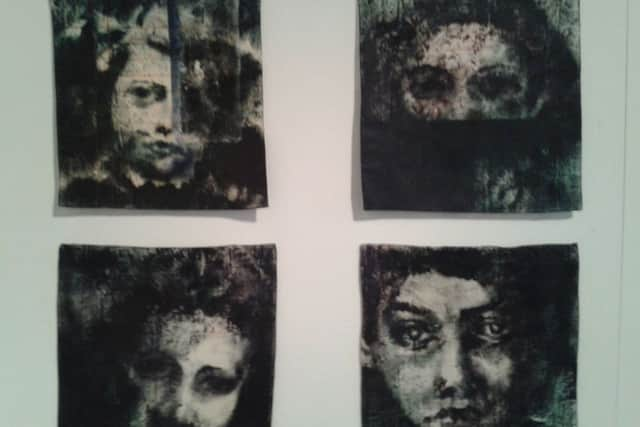

“It was their eyes,” he explained, “you could see fear. You could see bewilderment. You could see confusion. Their eyes were saying ‘why is this happening to me?’”
Leslie hadn’t even considered using his visit as a theme for a single sketch, never mind a complete exhibition.
“I went down to the railway ramp at Birkenau,” he told me, “and paid my respects to Helen Lewis, her family and all the others who had the misfortune to stand on that dreadful place. I just wanted to see the railway ramp.”
Advertisement
Hide AdAdvertisement
Hide AdBut three years later the paintings on handkerchiefs for ‘My Name Is Might Have Been’ was the outcome of that journey.
The series of portraits consists of 54 faces painted on to 54 handkerchiefs.
And his unusual ‘canvases’ – cotton handkerchiefs - have a poignant story to tell.
“I once watched a TV documentary about the Holocaust,” Leslie explained, “and there were archive film-clips of Kindertransport trains taking Jewish children away from their parents to safety in Britain.”
Advertisement
Hide AdAdvertisement
Hide AdThe children were leaning out of the carriage windows, terrified and in tears as the train pulled away.
They were being ‘torn from home’.
“Their mothers and fathers were crowded on the platform, waving handkerchiefs at their children” said Leslie, a scene that he’s never forgotten.
“The children’s faces are forever on those fluttering handkerchiefs.”
After reading Helen Lewis’s book ‘A Time to Speak’ and following his visit to Auschwitz-Birkenau “as an act of respect for Helen Lewis and her generation” Leslie was “very upset and unsettled.”
Advertisement
Hide AdAdvertisement
Hide AdThree years later “by chance I came across a box of cotton handkerchiefs lying about the house and one evening I laid a few of them on the wooden floor boards of my studio and started to paint and all of these ghosts of faces just came flooding from somewhere”.
NIWM will be displaying six of his handkerchief paintings – space is too limited to show all 54 of them – but the rest of his work will be projected onto a screen.
The paintings show the faces of people who experienced the Holocaust and have the names of various concentration and death camps printed on them using lead typeface.
One of the portraits is of Helen Lewis, and when he painted it he hadn’t yet met her.
Advertisement
Hide AdAdvertisement
Hide AdIt’s based on a photograph in her book, taken when she was a child.
‘My Name Is Might Have Been’ runs until March 29 in the Northern Ireland War Memorial museum, 21 Talbot Street, Belfast. Admission is free. Details are at www.niwarmemorial.org.